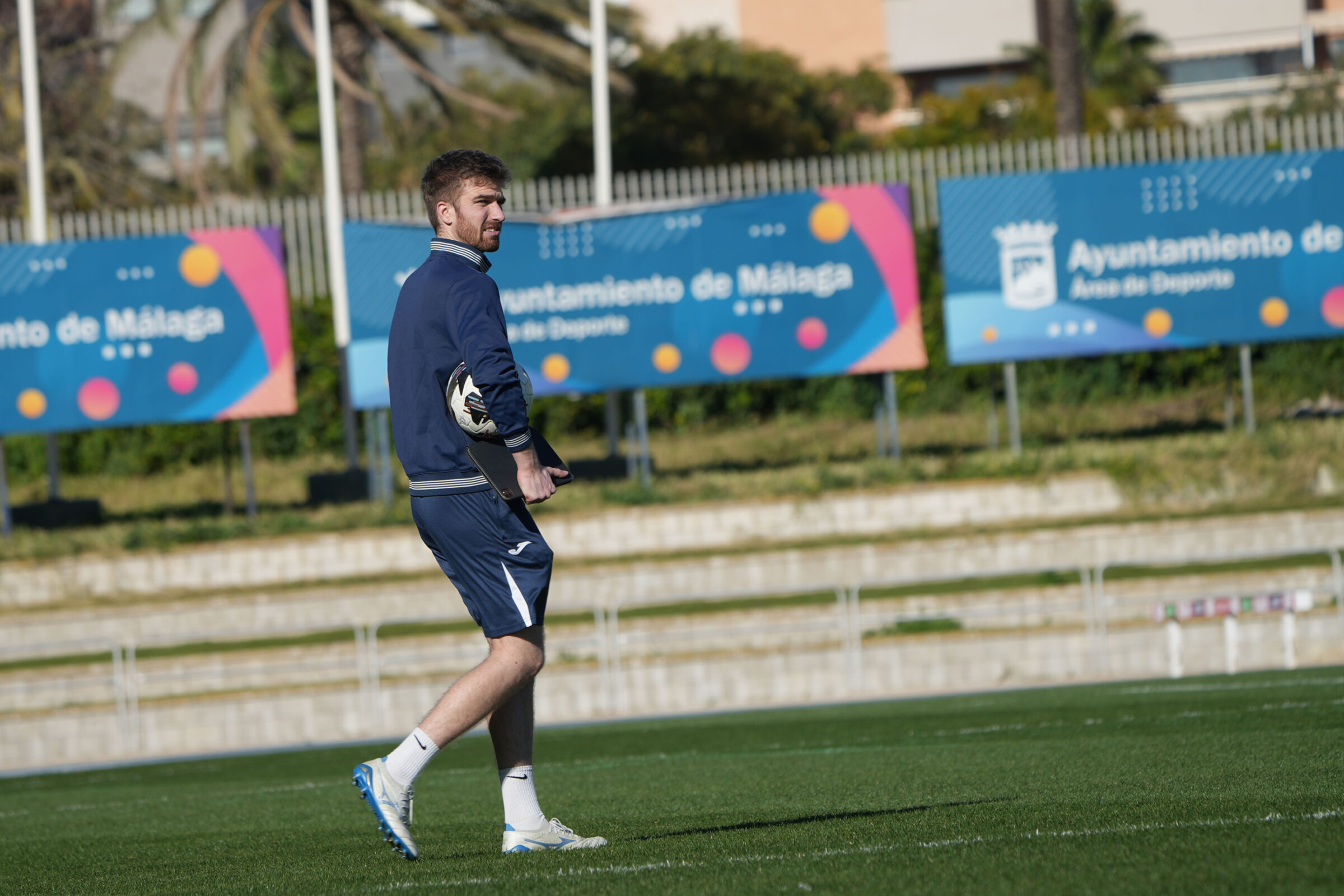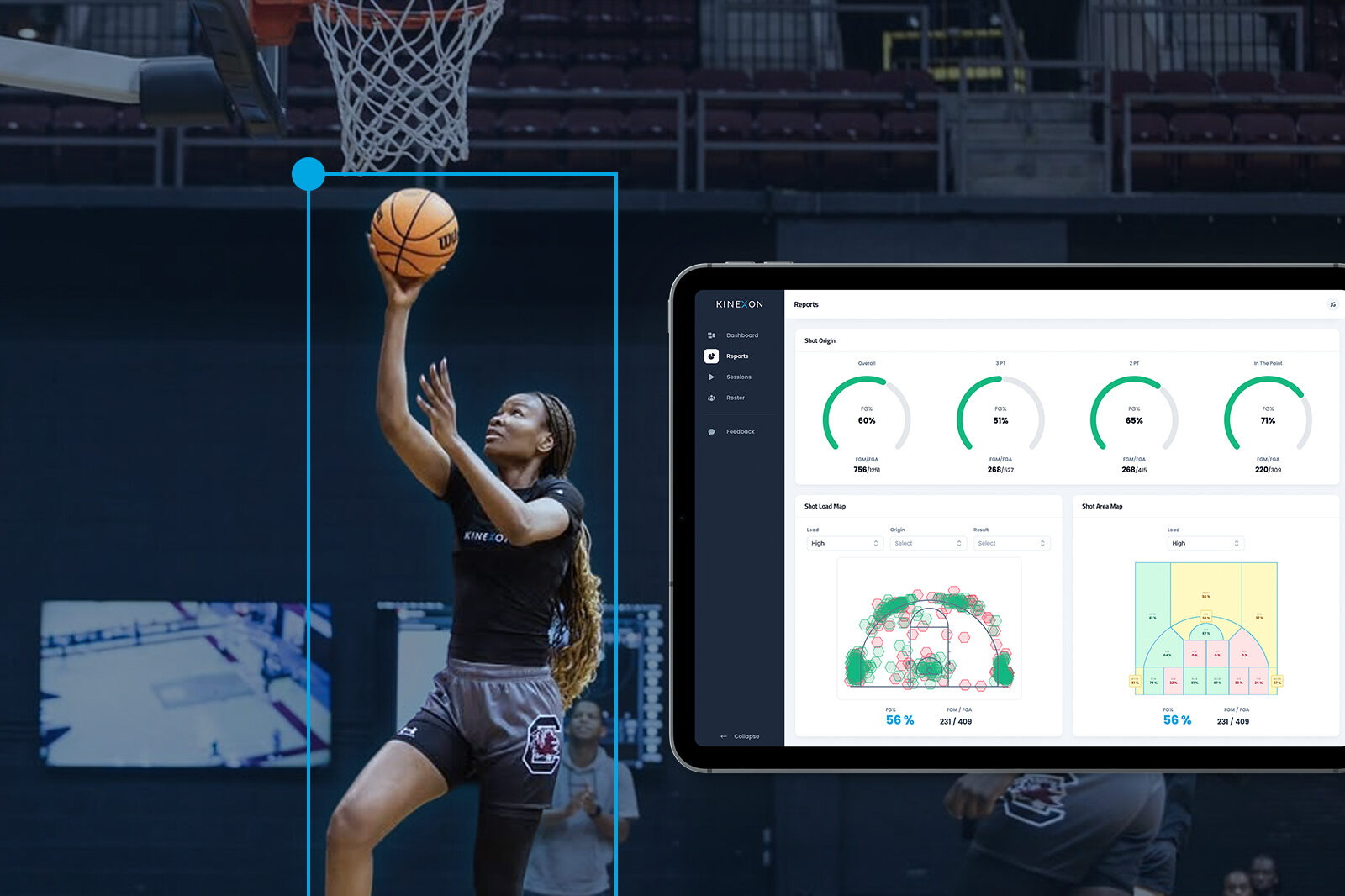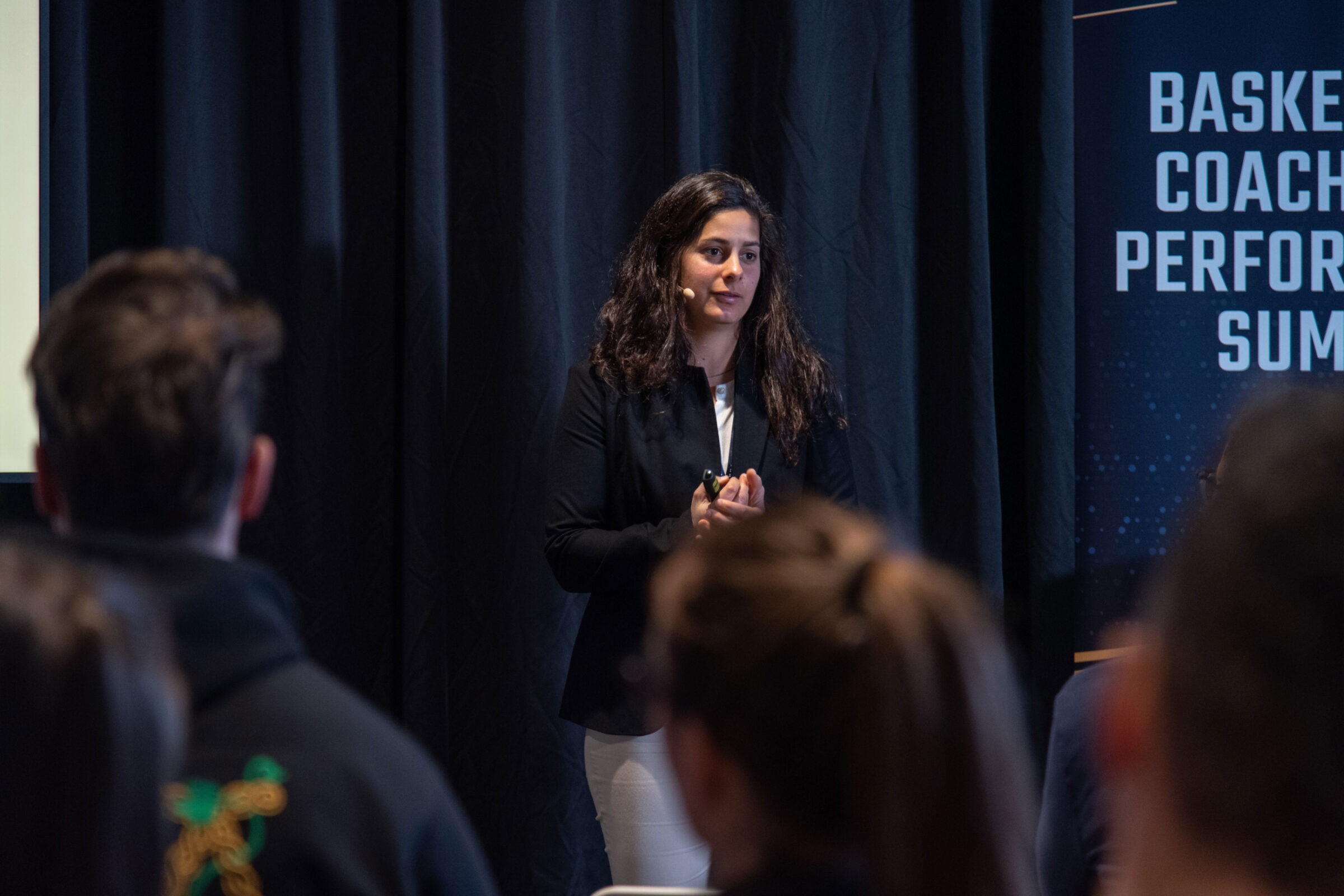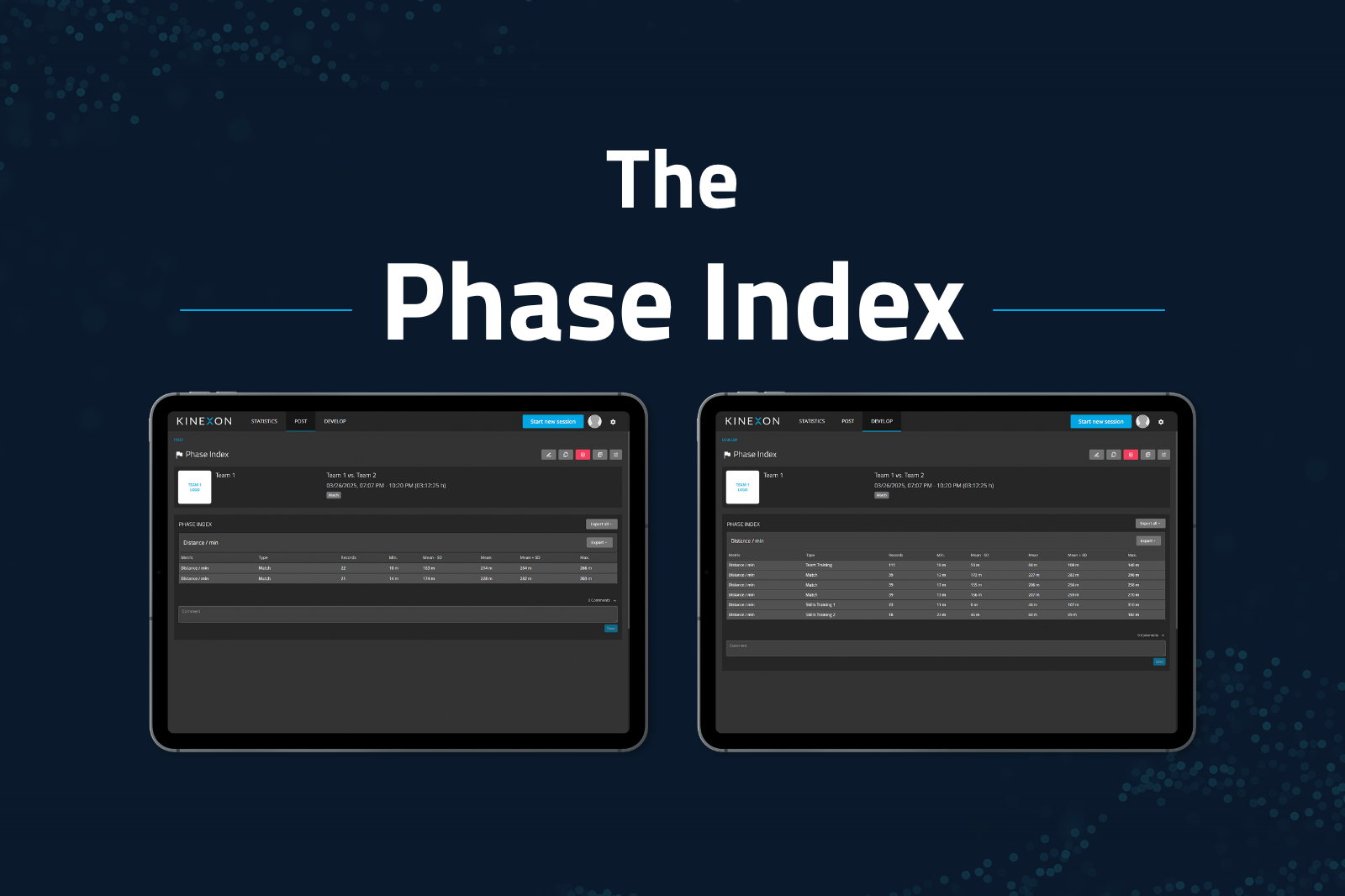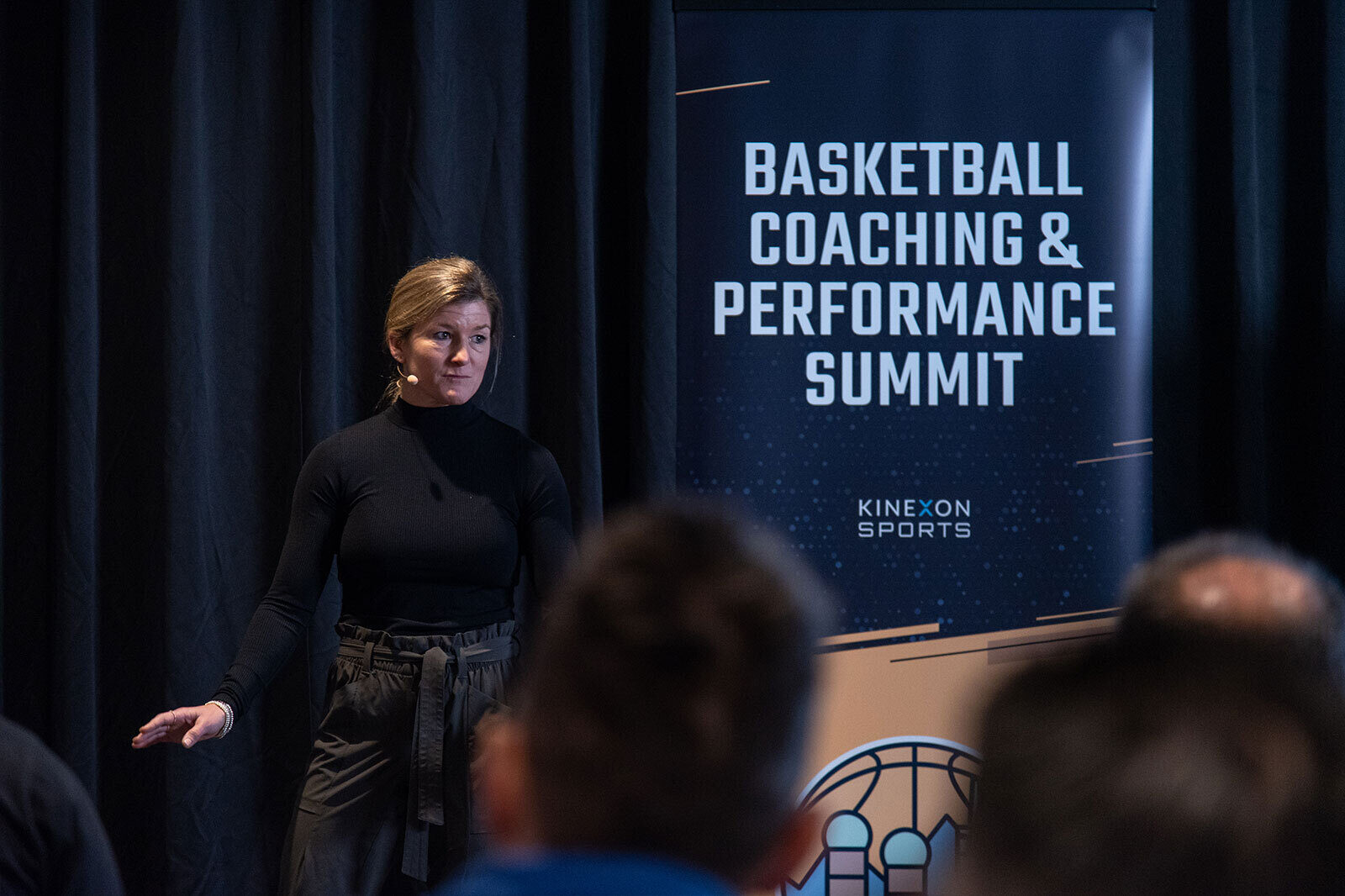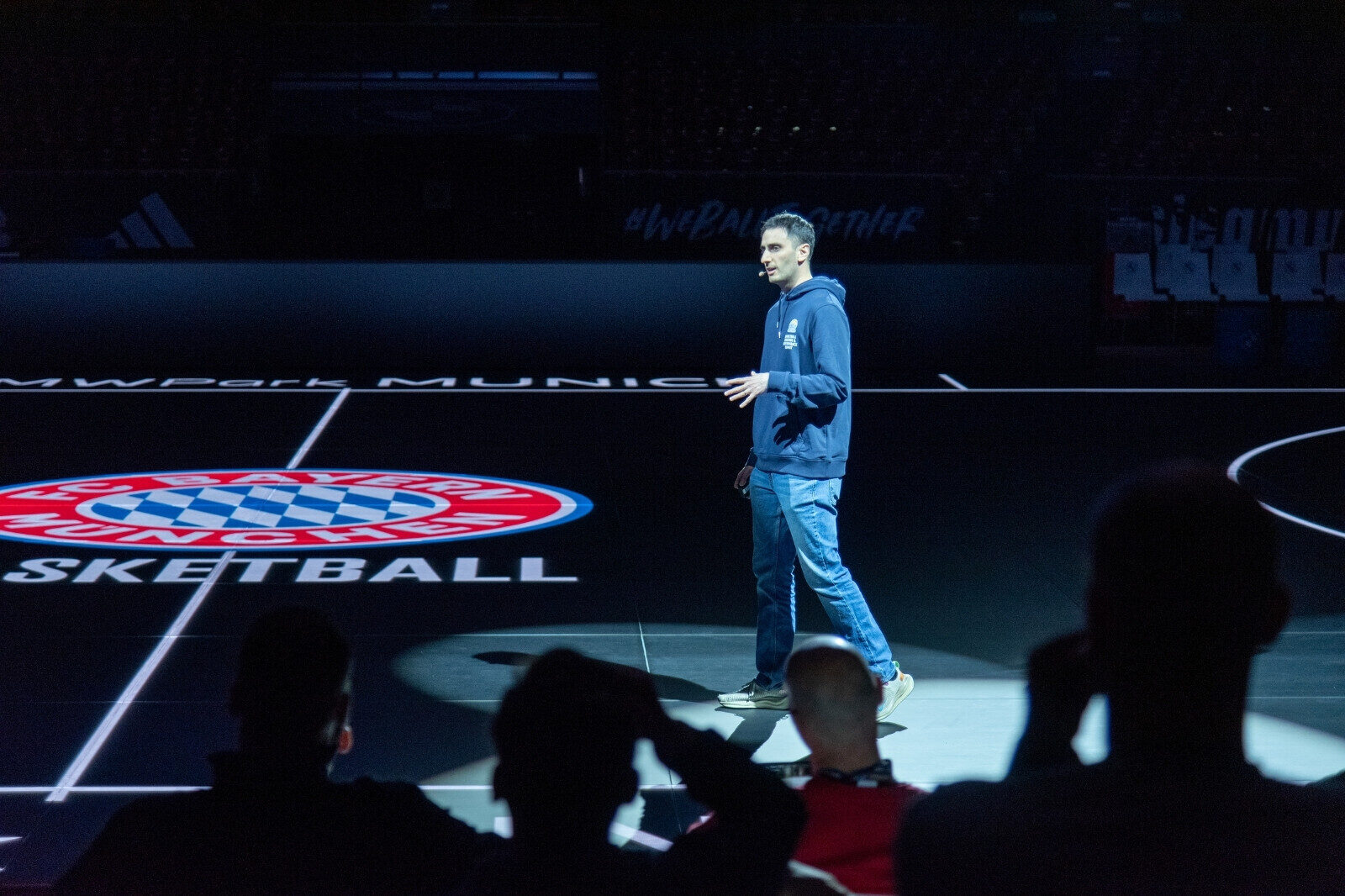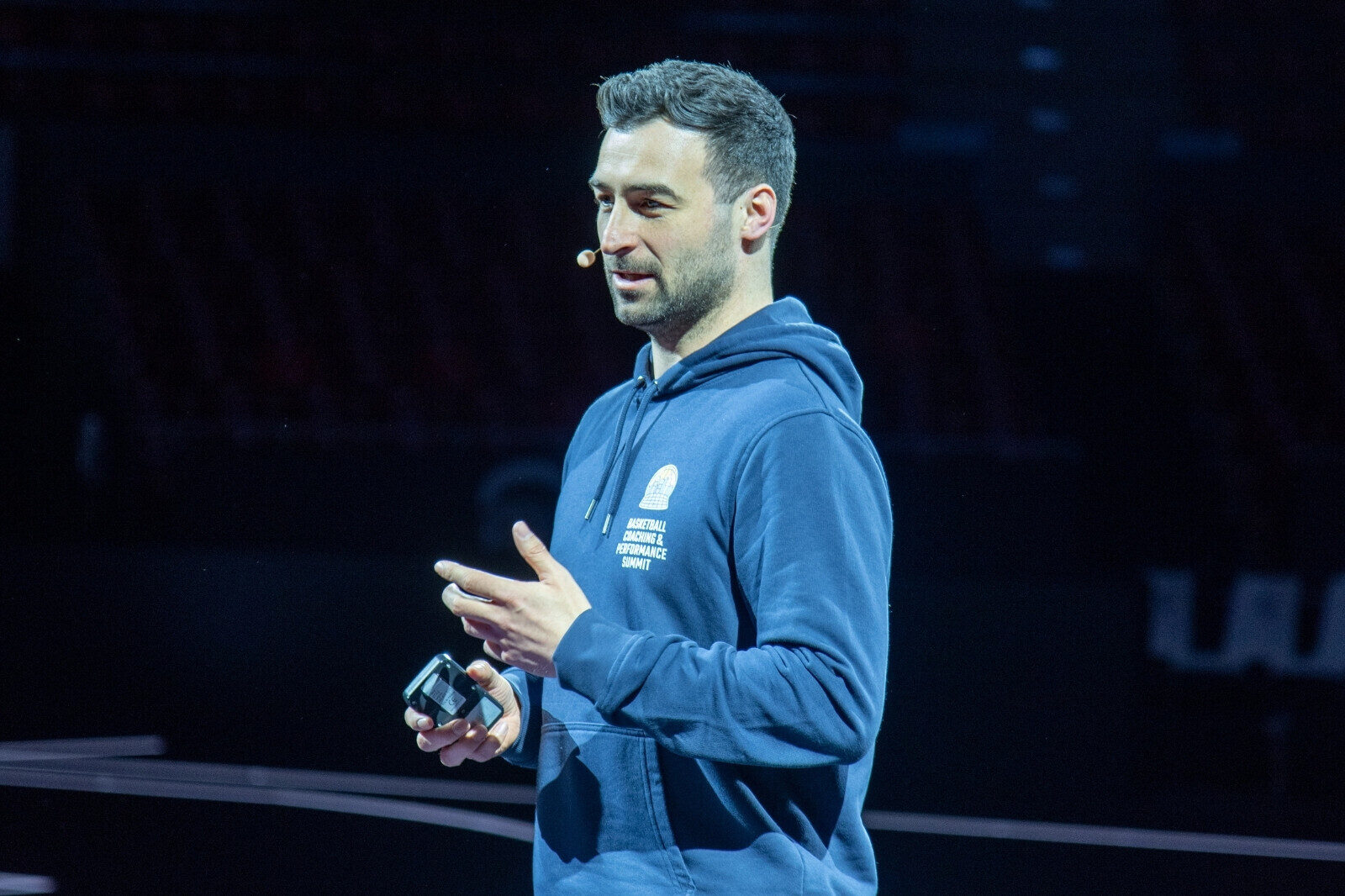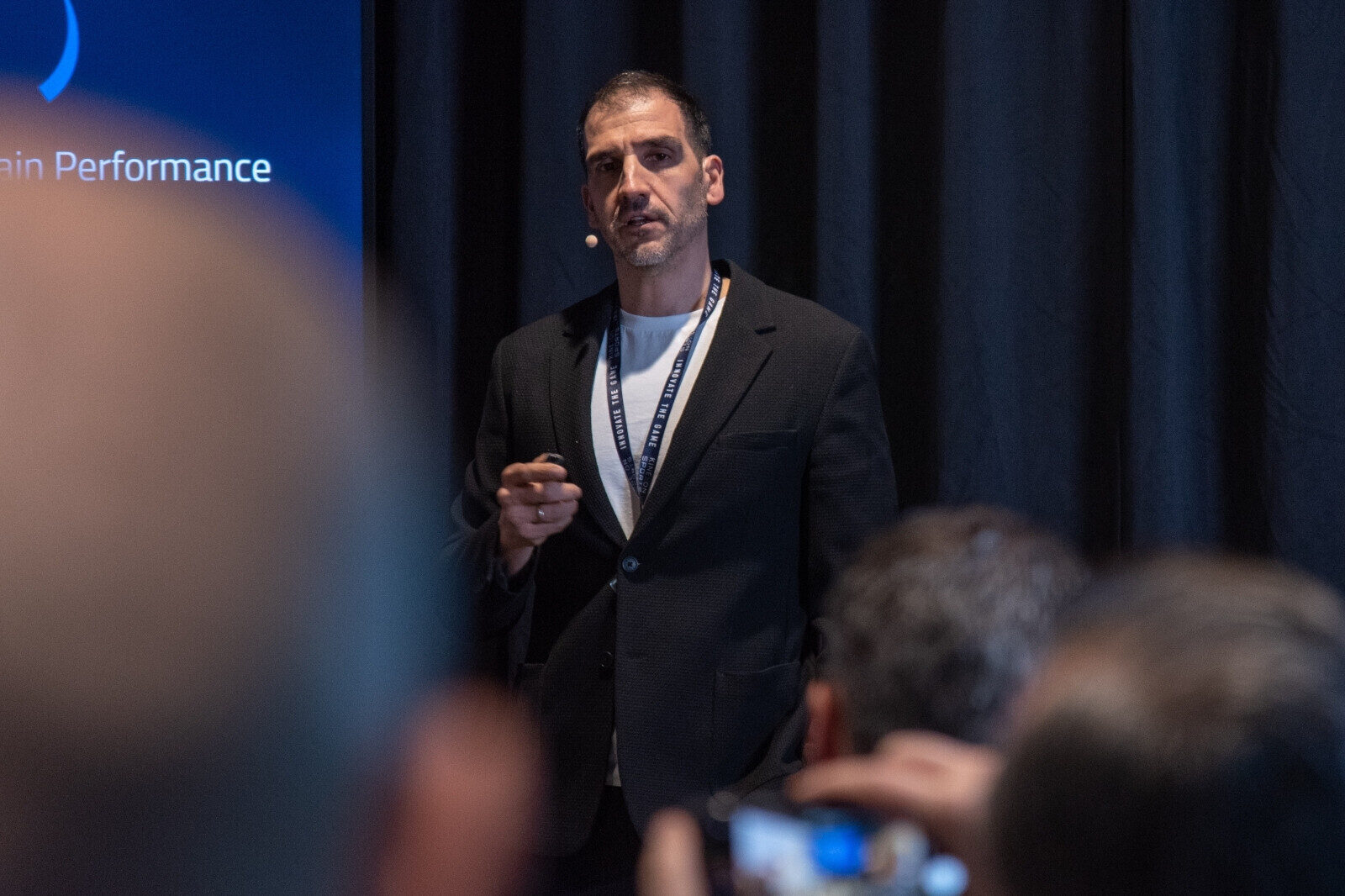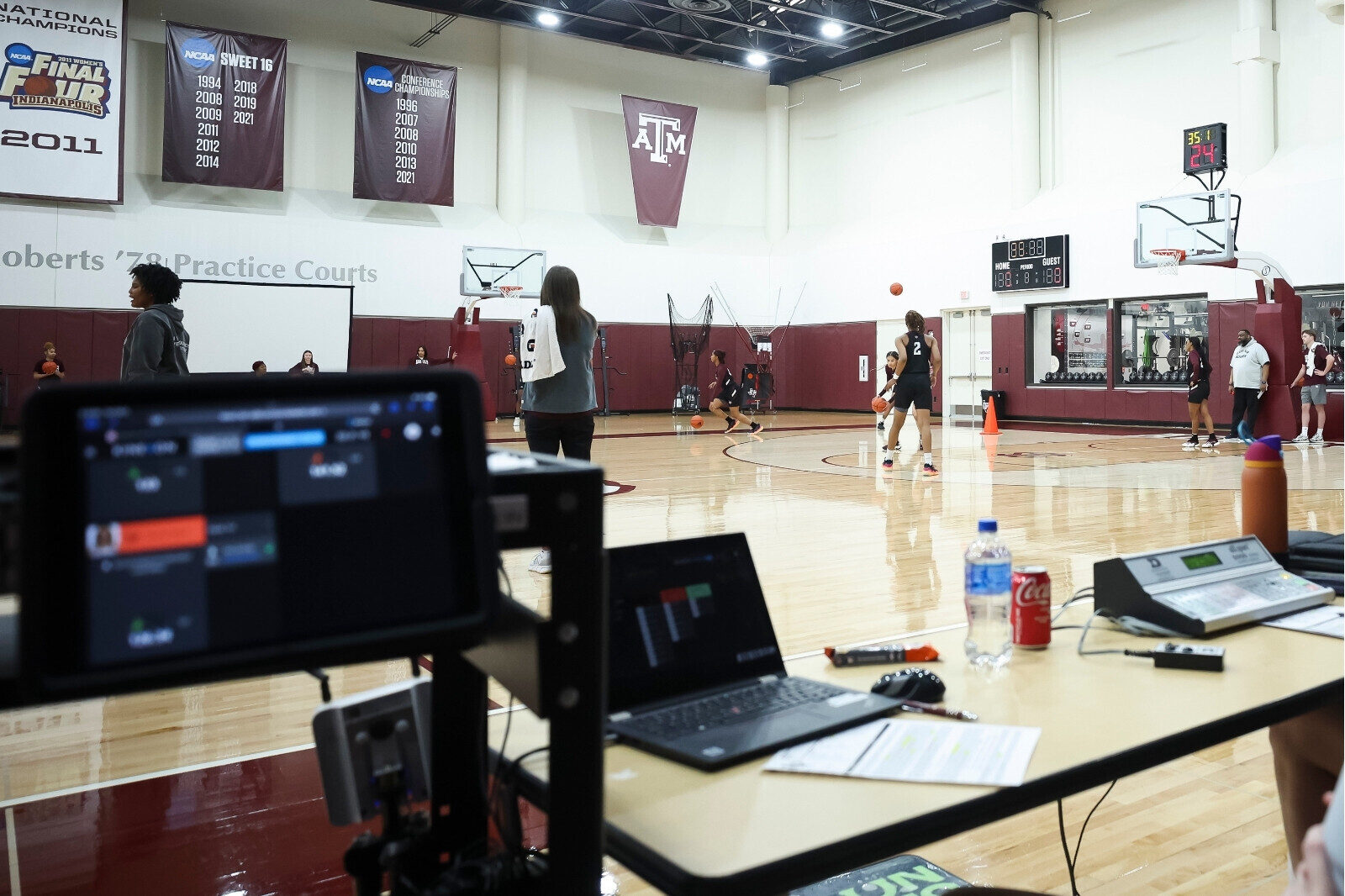What a Sports Heart Rate Monitor Can Reveal About Athletes
It’s terrifying and surprising when a young athlete suddenly collapses because their heart stops working. Additional information can be provided by a sports heart rate monitor. In this blog post, we look closer at their importance, features, and how to use them effectively.

Heart rate monitors are more for training but can be a vital tool for coaches and training staff looking to monitor every facet of their athletes’ health.
By providing accurate, real-time data, they offer an efficient way to monitor training intensity and improve overall health.
Start Managing Player Workloads In Any Sport! Our Free Guide Will Show You How
How a Sports Heart Rate Monitor Works
Heart rate monitors measure and display your heart rate in beats per minute (BPM). They use sensors placed against the skin, often on the wrist or chest, to detect each heartbeat, using two different approaches:
- Electrical (electrocardiography): Your heart generates a small electrical current with every heartbeat. Heart rate monitors with electrical detection capabilities can detect and track that current.
- Optical (photoplethysmography): These devices use infrared light to see the expansion of your arteries as your heart pumps blood through them. These devices track your pulse rate, and some can also estimate the oxygen levels in your blood.

There are several types of heart rate monitors to choose from:
- Chest strap monitors are strapped around the chest and offer high accuracy, making them the preferred choice for college and professional athletes. These devices use electrical detection to track your heart rate. For most of these devices to work as designed, the band must be wet, or you might need to use a conductive gel where the sensors touch your skin. Water or conductive gel improves electrical conduction, so it’s easier for the device to detect your heart’s electrical current.
- Sports bra heart rate monitors offer a convenient, non-intrusive alternative. Typically, you snap a transmitter into a pocket located on the band, activate a digital watch or app with a heart-monitor setting, and start sweating.
- Calf or upper-arm monitors work similarly to chest straps. They, too, are considered to be a very accurate way to monitor your heart rate.
Other devices like smart rings and pulse oximeters aren’t commercially available yet. However, one of the advantages of using a sports heart rate monitor is its ability to provide instant feedback during exercise. These devices display heart rate data in real time, allowing you to make immediate adjustments to their training intensity.
Why Monitor Your Players’ Heart Rate?

Monitoring your heart rate during exercise is a direct, reliable way to gauge your workout intensity. Here are a few reasons why it’s important:
- Personalized Training Zones: Heart rate training zones are ranges of heartbeats that align with different intensity levels of exercise. They can be personalized based on age, fitness level, and goals. Training within these zones can help you tailor your workouts for specific objectives, such as fat-burning, endurance-building, or performance optimization.
- Overexertion Prevention: Overtraining or pushing yourself too hard can lead to injuries and health risks. By monitoring your heart rate, you can ensure you’re not overstepping safe exercise boundaries.
- Performance Tracking: Consistently monitoring your heart rate over time can show you how your fitness progresses. As you get fitter, your heart becomes more efficient, which will beat fewer times to achieve the same workout intensity.
This knowledge enables athletes to set specific goals and track their progress over time, ensuring continuous improvement and preventing burnout.
Heart Rate Monitor Features to Consider
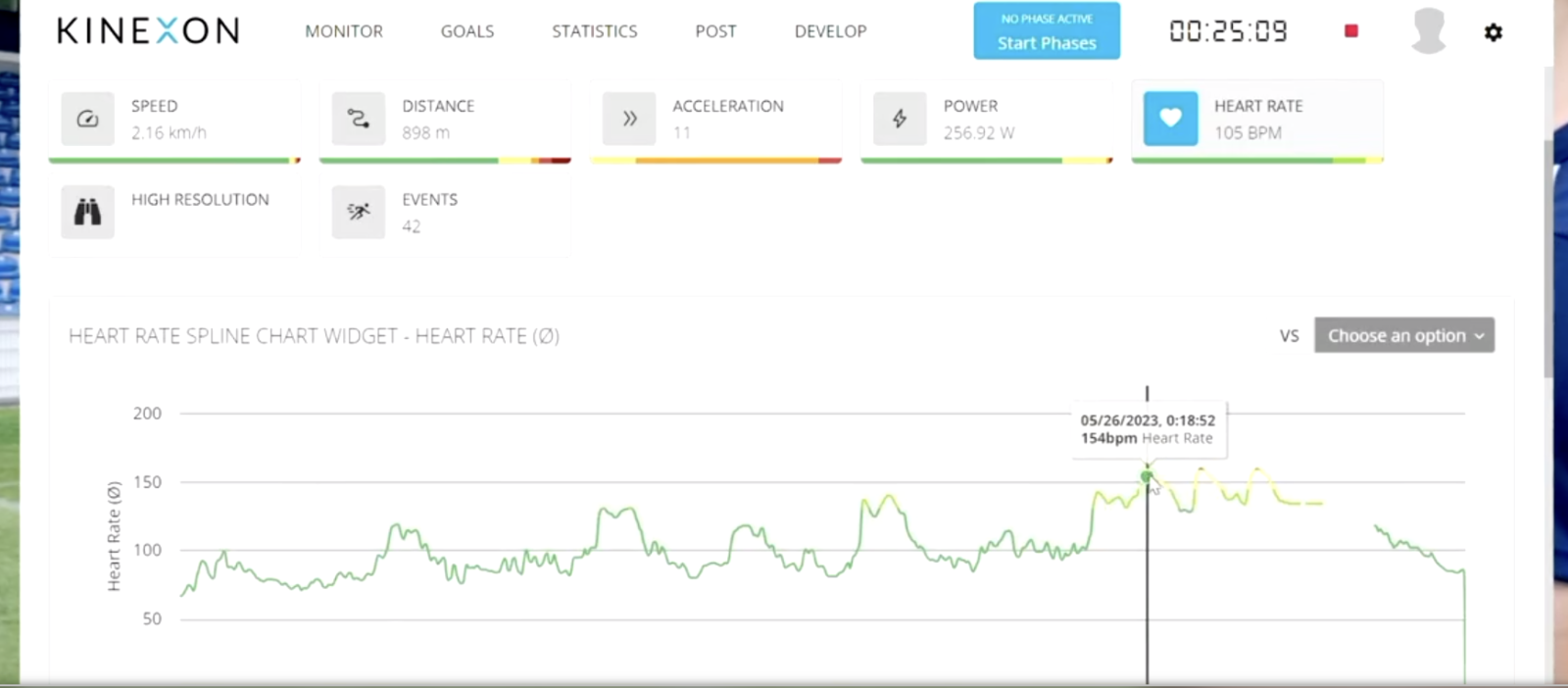
When choosing a sports heart rate monitor, here are key features to consider:
- Accuracy: The most crucial factor is how accurately the monitor reads your athletes’ heart rates. You must ensure that it can integrate with any third-party tools or external databases you’re using.
- Connectivity: The best sports heart rate monitors can connect in multiple ways, including Wi-Fi, LAN, SIM Card, or a personal hotspot.
- Comfort and Fit: Since these devices need to be worn during strenuous activity, comfort and a secure fit are essential.
- Battery Life: Depending on your practice and game schedule, you’ll want a device that can go the distance with you.
It’s also important to use monitors that allow you to access the data quickly.
Maximizing Your Heart Rate Monitor Use

At KINEXON, we ensure your players and staff get the most out of your heart rate monitor. We believe that it’s essential to:
- Understand your heart rate zones: You can consult with our trainers and exercise specialists to determine your players’ optimal zones.
- Deliver Consistent Performance: KINEXON player trackers are designed to deliver the information you need daily and in any weather conditions.
- Sync with our Sports Scientists: This will allow you to analyze your data, spot trends, and gain deeper insights into your training.
Sports heart rate monitors can be a game-changer if you’re a coach or athletic trainer looking to gain more control over the health of your players. They provide invaluable data that allows you to better understand your players’ bodies, optimize your training, and improve your team’s overall performance. Armed with the information from your heart rate monitor, you can take your practice and game performance to a new level.
KINEXON PERFORM GPS Pro is a GPS-based mobile player tracking system that incorporates leading GNSS technology and works together with a heart rate chest strap. Our PERFORM IMU and PERFORM IMU + LPS systems use an (ECG-derived) integrated heart rate measurement.
If you’d like to learn more about our heart rate monitoring options or the player tracking systems we provide, feel free to contact us at any time or set up a demonstration.
